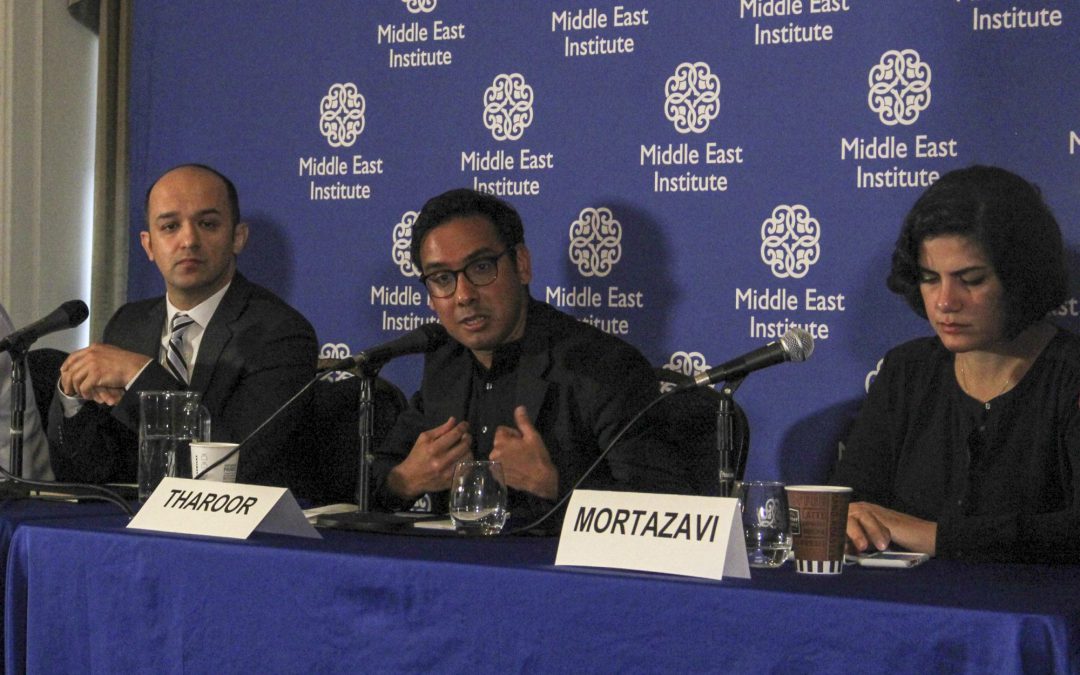WASHINGTON – The protests in Iran that started last month show serious splits between the political elites and average citizens, especially outside Tehran, and are a sign that the political climate may be shifting, several experts said Friday.
At least 22 people have been killed and more than 1,000 arrested in the protests.
Speaking at a panel sponsored by the Middle East Institute, Golnaz Esfandiari, a senior correspondent with Radio Free Europe, said that despite the crackdown on the current protests, the attitudes and energy aren’t going away any time soon.
“Iran has mastered the art of repression,” Esfandiari said. “But repression doesn’t help permanently. The frustration is there, the anger is there, and it’s just not going to go away.”
Ahmed Majidyar, director of IranObserved at the Middle East Institute, said that “one of the major triggers of the protests” was President Hassan Rouhani’s new budget in December, which increased funding for the Iran Revolutionary Guard Corps and the military while increasing prices for fuel and food.
Beginning in the northeastern city of Mashhad, the protests were started by hardliners opposed to Rouhani but evolved into demonstrations against all areas of the Iranian political regime as they spread across the country. The largest difference from 2009? Megar Mortazavi, the Washington correspondent for Iran International, said it’s the lack of leadership from the political elite.
Another Middle East Institute official, Alex Vatanka, said that’s a sign of the shifting political climate in Iran.
“It tells us one thing – there are some real serious splits within the Islamic Republic,” Vatanka said. “The opposition in Iran is the most radical it’s ever been, and its mostly young men in the countryside.”
Vatanka blames the actions of Ayatollah Khomeini for that radicalization.
“If you go back to the late 1990s, you had a genuine reformist movement in Iran that had a genuine way of expressing themselves in the Iranian parliament,” Vatanka said. “[Khomeini] has taken all the air out of the room, resulting in the current atmosphere that the radical way is the only way forward.”
Another change from 2009 is the fact that protesters are predominately men, Mortazavi said.
“In 2009, you saw a lot of women on the front lines,” Mortazavi said. “Today, not so much.”
Simply put, people are fed up, Vatanka said.
“Sectarian issues were not a factor, ethnic issues were not a factor,” Vatanka said. “This time around, it’s about the idea that the Islamic Republic doesn’t represent me as an Iranian.”


